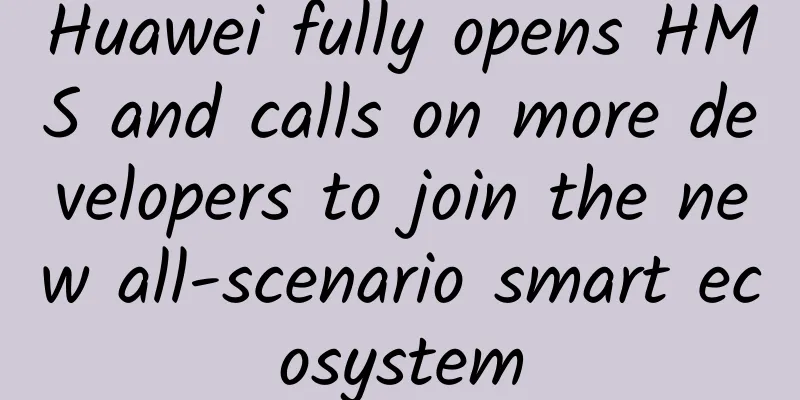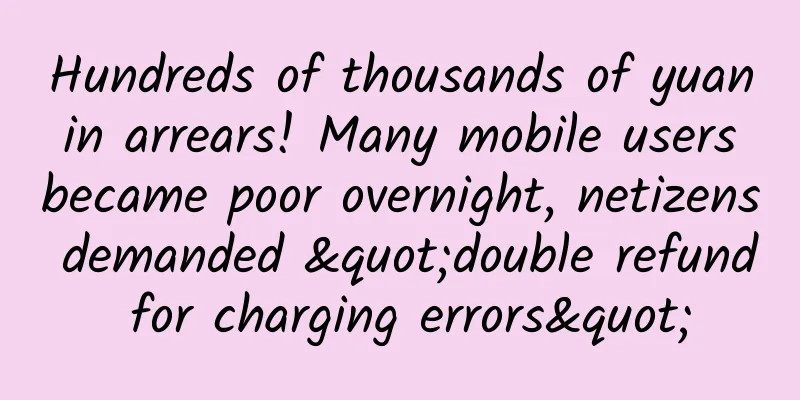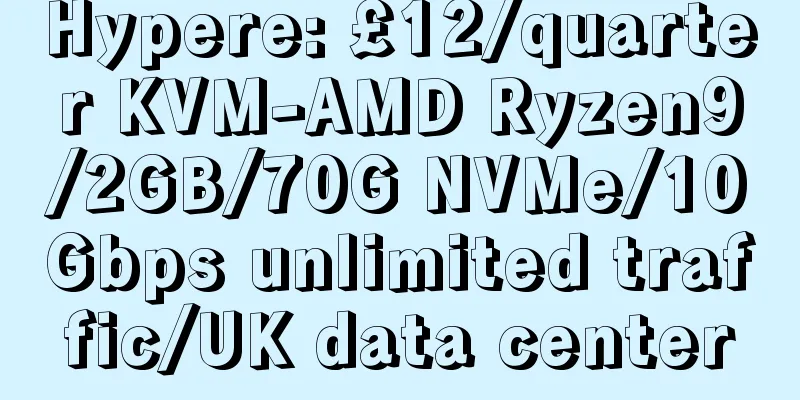Huawei fully opens HMS and calls on more developers to join the new all-scenario smart ecosystem

|
[51CTO.com original article] The 2019 Huawei Developer Conference held at Huawei's Songshan Lake Base in Dongguan was successfully concluded a few days ago. During the three-day event, more than 600 technical experts from Huawei and nearly 6,000 developers and partners from around the world discussed how to create a new smart ecosystem for all scenarios in the future. On the first day of the conference, Zhang Pingan, President of Huawei Consumer Business Cloud Service, delivered a keynote speech entitled "Fully Open HMS to Build a New Smart Ecosystem for All Scenarios", describing how to build the Huawei Terminal Cloud Service (HUAWEI Mobile Services) ecosystem. During the conference, Zhang Pingan, President of Huawei Consumer Business Cloud Service, was interviewed by the media and talked about how to open up HMS Core capabilities and services to allow developers to focus on innovation, build an ecosystem with developers, and jointly bring a full-scenario smart experience to Huawei terminal users around the world.
Zhang Pingan told reporters that HMS is an overall framework for Huawei's smart mobile terminals, which includes HMS applications, HMS Core services, and AppGallery Connect services. Currently, HMS focuses more on Huawei's own smart hardware. Of course, if Apple phones want to control Huawei's smart home and other hardware devices, Huawei also provides HMS Lite services for other platforms to use, but this is not the main scenario for HMS. "We certainly welcome in-depth cooperation with other developer communities. If other developer communities are willing to combine our ecosystem with theirs, we will be very happy." Zhang Pingan said that Huawei hopes that more developers can connect their applications to HMS Core and establish a deep cooperative relationship with Huawei. On the one hand, Huawei will work hard to narrow the gap between Hongmeng and Android, but in the future, if the difference between Hongmeng and Android is too big, Huawei and developers can also transfer applications to Hongmeng step by step through intermediate tools. He told reporters that the reason for choosing open source is that it is fair to all manufacturers and users. Huawei hopes that once open source, the operating system will belong to everyone, and Huawei, as a major contributor, will continue to contribute to this open source system. In the future, Huawei hopes that the Hongmeng operating system will not only be used in China, but also go global and be widely used in Europe and Africa. Regarding the construction of the ecosystem, he believes that Huawei is eager to find more excellent partners in the industry to build an ecosystem hand in hand, especially as more and more developers dream of going overseas, Huawei hopes to help them through the ecosystem. "Huawei needs many developers to understand smart terminal devices, because there are more and more smart terminal devices." In the interview, Zhang Pingan also talked about the Star Program. As of July 2019, more than 200 apps have passed the Star Program certification and obtained corresponding incentive resources. The Star Program's various forms of incentive resources have cumulatively brought more than 100 billion exposures and more than one million effective installations to the selected products. "In 2018, we subsidized 200 million US dollars to help developers develop innovative applications in the Huawei system. In the future, the Star Program will be upgraded to 1 billion US dollars. We use 1 billion US dollars as a fund to help developers around the world develop innovative applications and connect them to our HMS Core. On the other hand, we help them promote them." The reporter learned that Huawei provides many services in the overseas application market and has been launched in more than 170 countries. As of now, Huawei has more than 10,000 applications in the overseas application market and more than 100 million Huawei accounts outside of China. This is the foundation for Huawei to build an ecosystem. Everything is ready and only the east wind is missing. In the future, Huawei will also establish DigiX Lab innovation studios overseas to be closer to developers. In this creative studio, they can even directly debug applications. [51CTO original article, please indicate the original author and source as 51CTO.com when reprinting on partner sites] |
<<: How to solve the packet loss problem in TCP transmission protocol
>>: UDP protocol - just read this article
Recommend
China successfully obtained a patent for 6G technology, which is 50 times faster than 5G. Foreign media lamented: The speed is too fast
Nowadays, the development of the Internet is real...
Hosteons Limited Time Offer: US 100G High-Defense KVM Special Offer Starting at $11 Per Year
Hosteons has updated its offer again, offering sp...
China Unicom: 5G package users reach 113 million
Recently, China Unicom officially announced its 2...
Industrial IoT is so important to enterprises that future security is also a focus
Today, the use and growth of mobile technology ha...
Second wave of 5G: 30 countries launch services by 2023
New network deployments and enterprise momentum a...
SD-WAN is just the first step in WAN automation
Just like self-driving cars, IT networks are beco...
HostKvm 20% off, Japan VPS monthly payment starts from $5.6, 2G memory/40G hard disk/50M bandwidth
HostKvm has launched a regular promotion this mon...
RAKsmart: Dedicated servers starting at $46/month, E5+32G bare metal cloud starting at $69/month
RAKsmart is a foreign hosting company operated by...
With the advent of the cloud era, what new challenges does IT operations and maintenance face?
In the era of cloud computing, IT system construc...
Large-scale commercial use is imminent! What will be the future development of 5G messaging?
At present, more than 100 operators around the wo...
[11.11] HostYun offers 25% off, starting from 13 yuan/month, data centers in Hong Kong/US/Japan/Korea, etc.
HostYun launched this year's Double 11 promot...
How 5G will revolutionize IoT capabilities
In India, the advent of 5G has not only accelerat...
Moody's: US telecom companies seriously underinvest in broadband upgrades
According to foreign media reports, Moody's, ...
Actual combat: Can you believe it? Two VRRP hot standby gateways were installed in the operator's central computer room at the same time, but they fought with each other and caused the entire network to explode!
The case shared in this issue is related to VRRP ...
What are the hot technologies in 2023?
An IEEE survey of 350 chief technology officers a...









